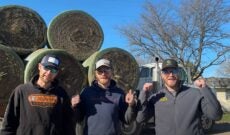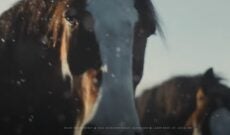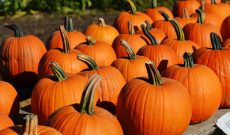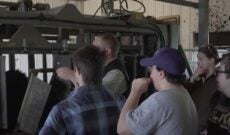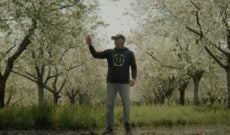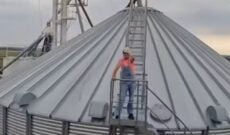University of Delaware robot captures imaging of root systems
Erin Sparks, assistant professor in Plant and Soil Sciences, dreamed of a robot she could use in her research. A perfect partnership was formed when Adam Stager, then a mechanical engineering Ph.D. student, reached out about a robot he had a gut feeling might be useful in agriculture. The pair moved forward with their research with corn at the University of Delaware Farm, using the robot to capture dynamic phenotyping information of brace roots over time.
The yield potential of agricultural crops is limited by the ability of plants to support their own weight and withstand external forces. The failure of plants to stay upright is called lodging, and can have a dramatic impact on crop yields. In some crops, specialized aerial roots, called brace roots, are hypothesized to play an important role in stability to prevent lodging. Yet, the benefit of brace roots to the plant and what makes a good brace root is unknown.
Erin Sparks’ lab utilizes a wide variety of methodologies to define brace root development, function, and response to the environment, and identify the genes that control these processes.
